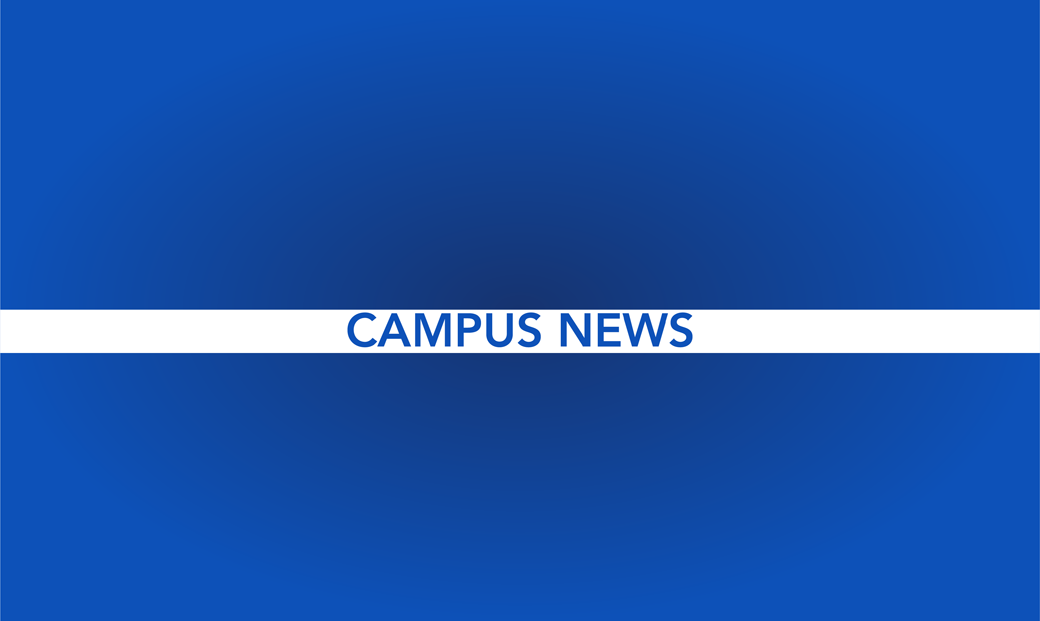
Funds from GAF increase allocated to CAB, others
After an increase in USD’s General Activity Fee last spring, some student organizations have been working with the Student Government Association to try to get a piece of the action for themselves.
A number of the organizations, a few of which had no GAF funding at all last year, saw a noticeable jump in the funding they received this year compared with last year, according to an SGA funding spreadsheet.
Currently the most generously-funded of these student groups is the Campus Activities Board, which received $115,455 this year – a jump of nearly $30,000 from last year’s allocation.
SGA President Sami Zoss said CAB receives more funding than other student groups because of the impact it has on student life.
“Every time we reach out to students and say, ‘What can we do that’s going to make you love USD?,’ 90 percent of the time the reply we get is, get bigger concerts, better concerts,” she said.
Prior to receiving this increase, which reserves $80,000 of CAB’s total budget for concerts, Zoss said CAB could only provide one large show roughly every three years.
“They make one of the greatest student impacts as far as reaching out to as many students as any of the large organizations,” she said. “They’re the reason that the students who only hang out in their dorm rooms get out for an event.”
Zoss added that the extra funds from the GAF increase were given to both large and small student organizations, as that’s the best way to impact the most students.
Taylor Gubbrud, CAB’s finance chair, said the group has some big plans for its funds this year.
“The GAF increase really helped CAB because now we’re able to do big events,” she said.
CAB will soon be issuing students a ballot to vote for possible performers at a large concert later this school year, but Gubbrud said she is “not allowed to disclose (the names on the ballot) yet.”
Distribution of funds
However, not all student organizations get every dollar they hope for, including CAB, which had more than $4,500 of its budget request denied by SGA.
Some organizations request more than they believe they will need for the coming year, Zoss said.
“Many, many, many organizations have over-budgeted, so they request the absolute maximum they could ever need,” she said. “Because they know they’re going to get cuts because we cannot fully fund everything.”
Funding for certain things like transportation to off-campus events are generally considered low-priority by SGA, which prefers to fund on-campus events.
Smaller organizations were happy with the increase in funding they saw this year.
Rebecca Froelich, president of USD’s Speech and Debate Club, said the “fledgling” organization was “pleasantly surprised” at how much funding they received.
Froelich said she felt “pretty lucky” to have been given $2,000 by SGA, though they requested $4,475.
Other groups, such as the Coalition of Addiction Students and Professionals Pursuing Advocacy, or CASPPA, received only a small fraction of their request for this year.
The group was granted $550 of a $9,200 request.
CASPPA President Olivia Hughes said most of that request was to fund an on-campus talk by Chris Herren, a former NBA star who struggled with drug addiction.
“We’re a pretty small group, and we don’t blame SGA at all, we just wish we would’ve gotten more for (Herren) to come,” she said.
Hughes said Herren is still scheduled to come, but the group will have to seek other sources of funding to pay for his visit.
Zoss said there are other, less well-known means by which student organizations can secure funding for their activities.
One option is called “co-programming” wherein a group that provides a free, open to all students and on-campus event may apply to receive $500 from SGA “with no strings attached,” Zoss said, adding that co-programming is a little-known way to secure funds for activities.
Zoss also suggested student groups with similar goals should attempt to network with one another to fundraise and pool resources for their planned events.


